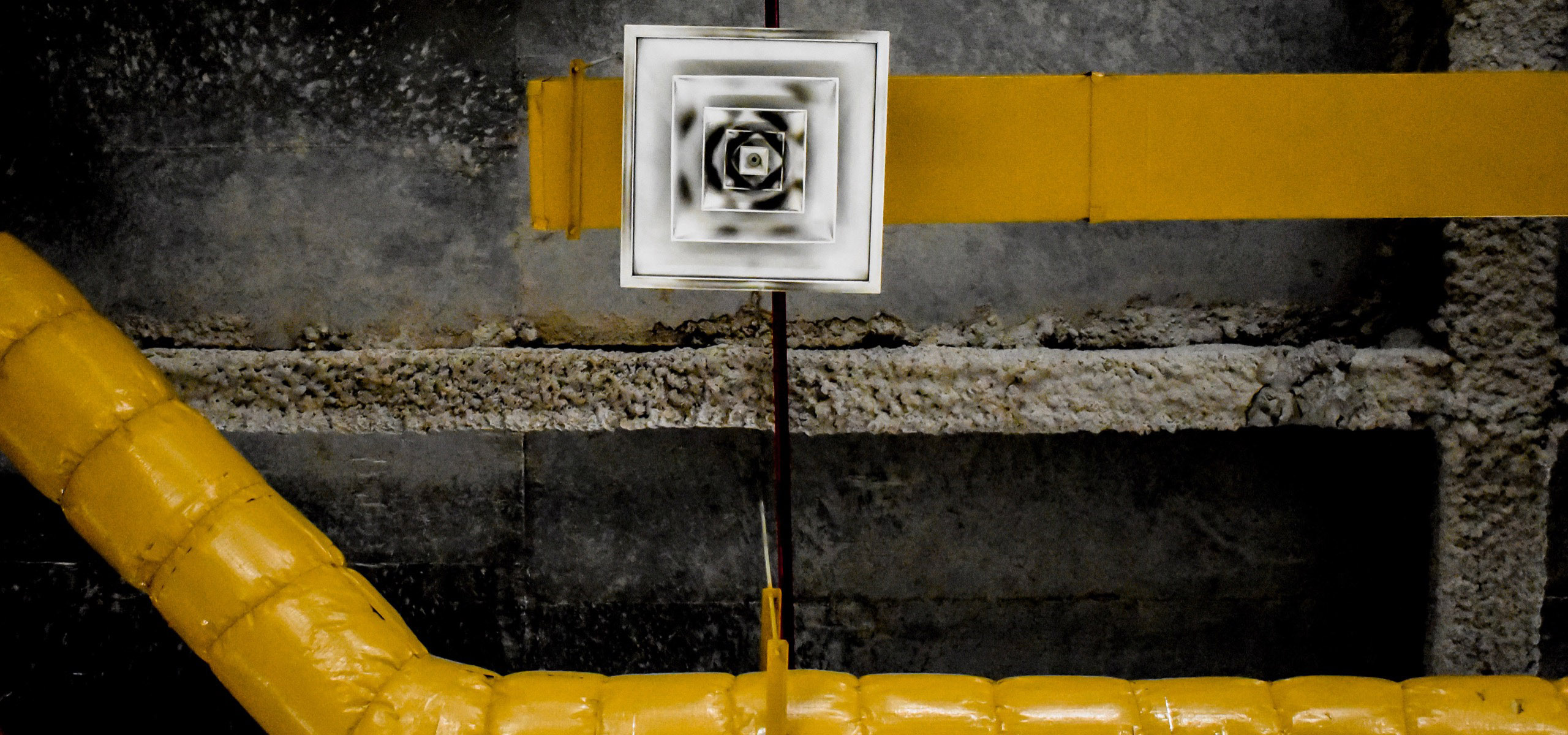It’s often beneficial for property owners and managers to be knowledgeable about the causes, concerns, and remediation associated with mold growth developing in mechanical chases. Mechanical chases are the large openings in the attic plane that allow ducts, pipes, or wire bunches to pass from the living space into the attic area. Mold growth indoors has proven to be hazardous to the health of the occupants breathing the air inside and to the structural integrity of the building as well.
Causes for Mold in Mechanical Chases
One of the leading causes of mold growth in mechanical chases is the stack effect that occurs as a result of changes in the atmospheric air density at different levels of elevation indoors. Stack effect occurs when air leaks develop in mechanical chases, high-rise elevators shafts, vertical shafts, atrium openings, and between the floors. The air pressure in common areas, lobbies, corridors, and rooms within the building are affected by the stack effect. The new pressure imbalance can exasperate the mold intrusion, dispersion, and retention rates affecting the building.
Concerns with Mold in Mechanical Chases
When cooling the premises, the principal concerns created by excess moisture are mostly associated with mold, mildew, groundwater, and rain penetration. The level of pressurization provided by the walls, basement, and crawl spaces all have an effect on the buildup of moisture and mold in the mechanical chases. The climate outside, the pressurization inside, air leakage from the building, and the ventilation in the attic are each critical factors in how mold accumulates in an attic’s mechanical chases.
High levels of humidity and moisture on the exterior and cool surfaces on the interior create an environment where mildew and mold can grow and thrive. Controlling air leakage and pressurization inside are fundamental for dehumidifying the premises and minimizing the level of moisture. Controlled ventilation is also required to ensure the air pollutants are removed from the interior. Using vapor diffusion retarders on the walls and exterior may also help address concerns with controlling the level of moisture inside.
Remediation for Mold in Mechanical Chases
In order to reduce mold growth in mechanical chases, the moisture problem in the building should be addressed in a methodical fashion. The first step is to identify the source of the moisture and minimize its impact as much as possible. This may involve modifying the building envelope, including the walls, ceiling, floors, windows, doors, roof, and other components separating the interior from the exterior. Upgrading the mechanical equipment used to improve the level of moisture control may also be required to solve the mold issue.
The excess moisture should be reduced or removed before any structural modifications or mechanical equipment are introduced. Proper ventilation in the attic continuously removes excess moisture intermittently throughout the heating and cooling months. Identifying and minimizing the source first is more cost-effective and makes the entire project more likely to succeed. Restoration professionals have the skills to investigate source reduction, which may be attributed to issues related to groundwater, combustion appliance backdrafting, walls or ventilation.
